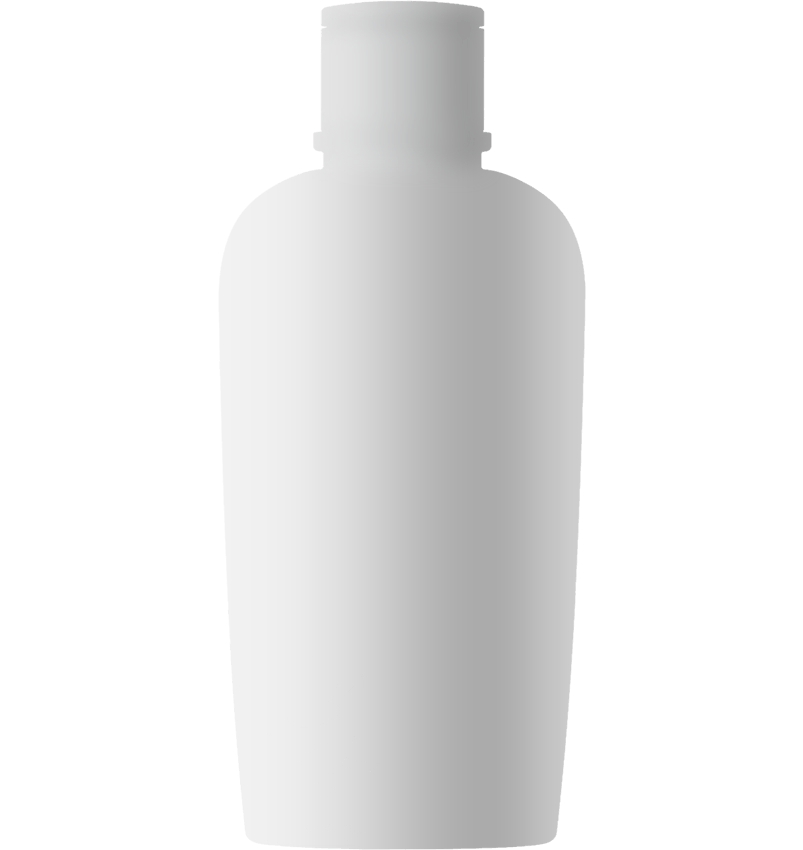Understanding Breast Implant Surgery: A Leading Solution for Aesthetic Enhancement
Breast implant surgery, commonly referred to as breast augmentation, is a cornerstone in the field of aesthetic plastic surgery. Combining artistry with cutting-edge medical expertise, it addresses aesthetic desires and reconstructive needs, making it one of the most requested cosmetic procedures globally.
This procedure involves the insertion of saline or silicone implants to achieve the desired breast volume, shape, and contour. It effectively resolves asymmetry issues, restores volume lost due to weight changes or pregnancy, and enhances overall body proportions.
With personalized surgical plans and advanced techniques, breast implant surgery consistently demonstrates high patient satisfaction and positive psychosocial outcomes, contributing to its enduring success in the global aesthetic market.




